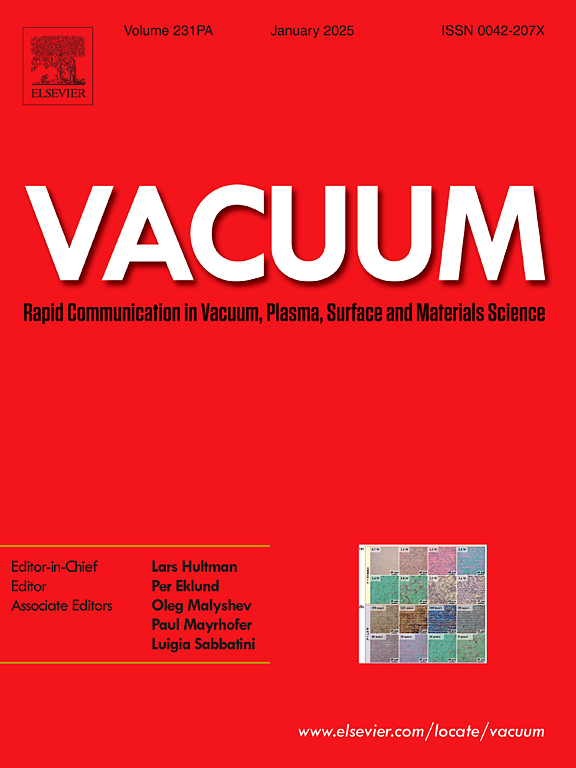Synchronization effect through incorporation of trace elements (B and La) to enhance high-temperature oxidation performance of Ti6Al4V fabricated via additive manufacturing
IF 3.9
2区 材料科学
Q2 MATERIALS SCIENCE, MULTIDISCIPLINARY
引用次数: 0
Abstract
The superiority of additively manufactured titanium alloys on the preparation of exotic components makes it extensively applied to aero-engine applications. However, the most significant challenges of aero-engine titanium alloys are the prolonged exposure to high-temperature oxidation. Improving the high temperature oxidation performance is urgently required. This study explores the effect of 0.2 wt% B and 0.1 wt% La element co-doping on the microstructure of additively manufactured Ti6Al4V, and investigates its oxidation behavior and the stability of its mechanical properties after oxidation at high temperatures (600 °C–700 °C) for 96 h. The experimental results demonstrate the synergistic effect of the co-doping of the two elements: grain refinement reduced from 1.13 ± 0.26 μm to 0.51 ± 0.12 μm and high temperature oxidation performance was significantly enhanced. Moreover, the La2O3 in the samples effectively prevents the grain extension at high temperatures for short durations and consequently stabilizes the mechanical performance.
通过添加微量元素(B和La)的同步效应提高增材制造Ti6Al4V的高温氧化性能
增材制造钛合金在制备外来部件方面的优势使其在航空发动机中得到了广泛的应用。然而,航空发动机钛合金面临的最大挑战是长时间暴露于高温氧化中。提高高温氧化性能是迫切需要的。本研究探讨了0.2 wt% B和0.1 wt% La元素共掺杂对增材制造Ti6Al4V微观结构的影响,并研究了高温(600°C - 700°C)氧化96 h后Ti6Al4V的氧化行为和力学性能的稳定性。实验结果证明了两种元素共掺杂的协同效应:晶粒细化度由1.13±0.26 μm降至0.51±0.12 μm,高温氧化性能显著增强。此外,样品中的La2O3有效地阻止了晶粒在高温下的短时间延伸,从而稳定了力学性能。
本文章由计算机程序翻译,如有差异,请以英文原文为准。
求助全文
约1分钟内获得全文
求助全文
来源期刊

Vacuum
工程技术-材料科学:综合
CiteScore
6.80
自引率
17.50%
发文量
0
审稿时长
34 days
期刊介绍:
Vacuum is an international rapid publications journal with a focus on short communication. All papers are peer-reviewed, with the review process for short communication geared towards very fast turnaround times. The journal also published full research papers, thematic issues and selected papers from leading conferences.
A report in Vacuum should represent a major advance in an area that involves a controlled environment at pressures of one atmosphere or below.
The scope of the journal includes:
1. Vacuum; original developments in vacuum pumping and instrumentation, vacuum measurement, vacuum gas dynamics, gas-surface interactions, surface treatment for UHV applications and low outgassing, vacuum melting, sintering, and vacuum metrology. Technology and solutions for large-scale facilities (e.g., particle accelerators and fusion devices). New instrumentation ( e.g., detectors and electron microscopes).
2. Plasma science; advances in PVD, CVD, plasma-assisted CVD, ion sources, deposition processes and analysis.
3. Surface science; surface engineering, surface chemistry, surface analysis, crystal growth, ion-surface interactions and etching, nanometer-scale processing, surface modification.
4. Materials science; novel functional or structural materials. Metals, ceramics, and polymers. Experiments, simulations, and modelling for understanding structure-property relationships. Thin films and coatings. Nanostructures and ion implantation.
 求助内容:
求助内容: 应助结果提醒方式:
应助结果提醒方式:


